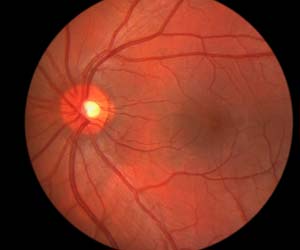Surprisingly, the team also detected proteins associated with Parkinson’s disease within eye fluid, which they say could offer a pathway to earlier Parkinson’s diagnosis, according to the study published in the journal Cell.
“What’s amazing about the eye is we can look inside and see diseases happening in real time,” said Vinit Mahajan, a surgeon and professor of ophthalmology at Stanford University.”Our primary focus was to connect those anatomical changes to what’s happening at the molecular level inside the eyes of our patients,” he added.To map protein production by different types of cells within the eye, Mahajan’s team used a high-resolution method to characterize proteins in 120 liquid biopsies taken from the aqueous or vitreous humor of patients undergoing eye surgery.
Altogether, they identified 5,953 proteins — ten times the number of proteins previously characterized in similar studies.Using a software tool they created called TEMPO, the researchers were able to trace each protein back to specific cell types.The model was able to accurately predict the age of healthy eyes but showed that diseases were associated with significant molecular aging.For diabetic retinopathy, the degree of aging increased with disease progression and this aging was accelerated by as much as 30 years for individuals with severe (proliferative) diabetic retinopathy.
Advertisement
The researchers also detected several proteins that are associated with Parkinson’s disease.The results suggest that aging may be organ – or even cell-specific, which could yield advances in precision medicine and clinical trial design. “I think reclassifying patients based on their molecular patterns and which cells are being affected can really improve clinical trials, drug selection, and drug outcomes,” said Mahajan.
Reference :
- Liquid-biopsy proteomics combined with AI identifies cellular drivers of eye aging and disease in vivo – (https://www.cell.com/cell/fulltext/S0092-8674(23)01033-4)
Source: IANS



